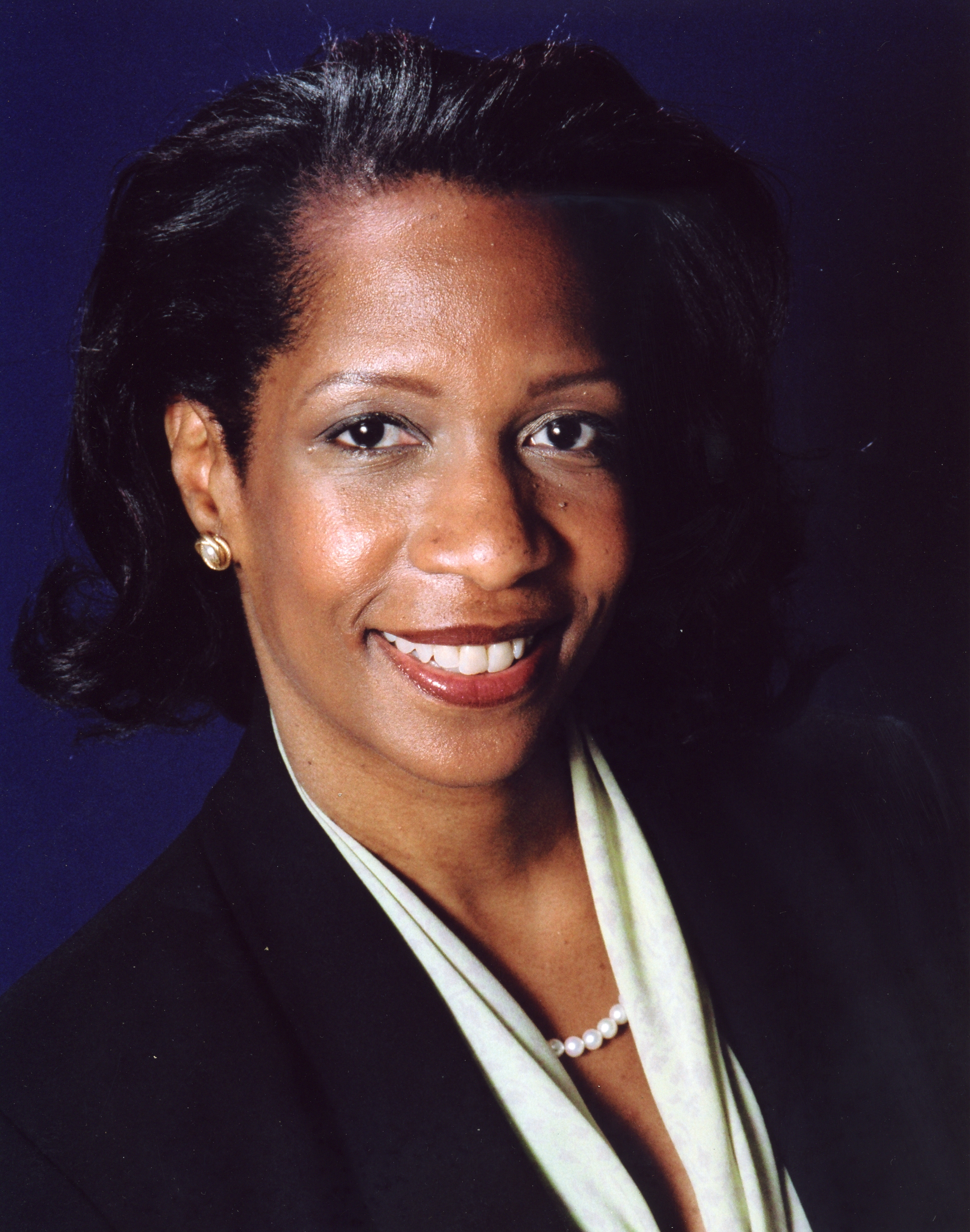M. Starita Boyce Ansari, Ph.D.
If passion were all that was needed to make social change, then we’d have long ago seen the last person sleeping in the streets. High schools and colleges would graduate all their students. Blacks, Hispanics, and women would enjoy the same quality of life as the rest of the country. We’d even have world peace.
But organizations need more than passion. They need a mission and a vision that address systemic inequities and strategic and evaluation plans that are core to their day-to-day work.
It’s such a basic principle, yet most organizations and leaders either lose sight of it or don’t understand it in the first place.
Here are eight benefits realized by social change organizations that ground their work in strategy and evaluation.
- You communicate a compelling and competitive mission and vision and use outcomes for advocacy.
- You have core values that are responsive and promote public good, thus creating a culture that lives the mission and attracts committed supporters.
- You continually assess your use of time and resources, and when necessary, revise the strategic plan to ensure you it serves the public good.
- You know when you’re succeeding and when you’re failing. And, because accountability and transparency are among your core values, you communicate both to stakeholders.
- You don’t chase grants and design programs for the purpose of keeping the doors open.
- You listen and engage your stakeholders, thus building social capital.
- You realize that in order to be responsive, systems must change and you can’t do the work alone. Therefore, you strategically work across sectors to respond to inequities, thus working to create a society where every person, regardless of age, cognitive, mental and physical abilities, economic status, gender, nationality, race, religion or sexual orientation has equal access to the best economic, education, health and social systems.
- Your board represents the populations that are served.
MSBphilanthropy Advisors, LLC






Dr. Boyce-Ansari provides a road map to success for any social justice non-profit organization. It is the mirror we should hold up everytime we evaluate our progress as an organization.
Very helpful information. It should give everyone a different way of thinking as they work to achieve their organizational goals.